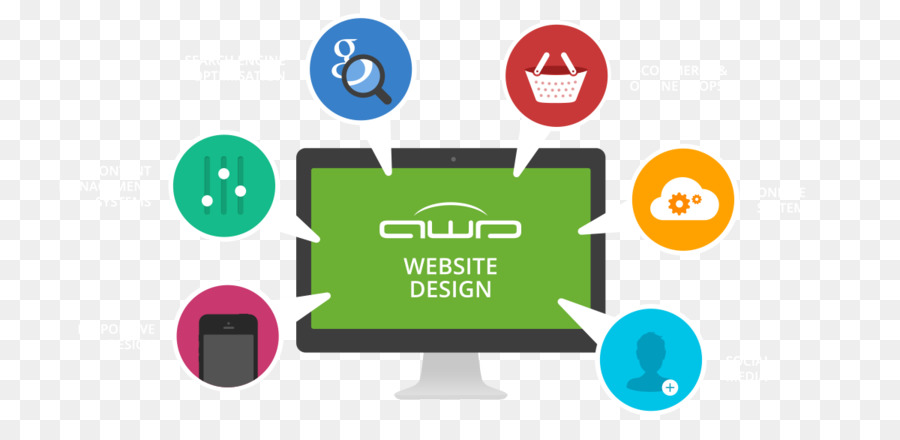The Growth Of Website Style: From Earlier Times To Currently
The Growth Of Website Style: From Earlier Times To Currently
Blog Article
Material Author-Thorsen Trolle
In the past, sites were straightforward and concentrated on information. Navigating was direct, and design was for desktop computers. Now, user experience is vital. https://www.htmlgoodies.com/seo/seo-tools-for-on-page-seo/ guides designs for simple navigation. Responsive formats fit different tools. Today, dark mode reduces stress, and minimal menus enhance navigation. Interactive attributes involve users, and bold visuals attract attention. AI combination increases interaction. See exactly how design has actually evolved to improve your on the internet trip.
Early Days of Web Design
In the very early days of website design, simplicity reigned supreme. Sites were fundamental, with minimal colors, typefaces, and formats. The focus was on offering info as opposed to flashy visuals. Individuals accessed the net through slow dial-up connections, so speed and performance were key.
Navigating you can check here were straightforward, generally situated at the top or side of the web page. Internet sites were created for computer, as mobile browsing had not been yet common. Material was king, and designers focused on very easy readability over complex layout aspects.
HTML was the key coding language made use of, and developers needed to function within its restrictions. Animations and interactive attributes were minimal compared to today's requirements. Sites were fixed, with little dynamic content or personalized user experiences.
Rise of User-Focused Style
With the advancement of site layout, a shift towards user-focused style concepts has come to be increasingly famous. Today, developing internet sites that focus on customer experience is essential for involving site visitors and attaining service goals. User-focused style entails recognizing the needs, choices, and behaviors of your target audience to customize the site's format, material, and features as necessary.
Developers currently perform thorough research study, such as individual studies and use testing, to collect insights and feedback straight from users. This data-driven technique helps in creating user-friendly navigating, clear calls-to-action, and aesthetically enticing interfaces that reverberate with site visitors. By putting the customer at the facility of the style procedure, internet sites can deliver a more customized and delightful experience.
Receptive design has also become a key element of user-focused layout, guaranteeing that sites are enhanced for numerous tools and screen dimensions. This flexibility boosts ease of access and functionality, catering to the diverse means individuals interact with web sites today. Basically, the rise of user-focused design symbolizes a shift towards producing digital experiences that focus on the demands and assumptions of the end individual.
Modern Trends in Web Design
Check out the most up to date patterns forming website design today. One prominent trend is dark setting style, using a smooth and contemporary look while reducing eye pressure in low-light settings. An additional crucial fad is minimal navigating, simplifying food selections and enhancing individual experience by focusing on essential elements. Integrating micro-interactions, such as computer animated buttons or scrolling results, can produce a more interesting and interactive internet site. Responsive layout remains crucial, making sure seamless individual experiences across numerous gadgets. In addition, utilizing bold typography and asymmetrical layouts can add visual rate of interest and accentuate particular content.
Incorporating AI innovation, like chatbots for client assistance or individualized recommendations, enhances customer engagement and simplifies procedures. Availability has likewise become a substantial trend, with developers prioritizing inclusive design practices to accommodate diverse customer needs. Accepting sustainability by maximizing internet site efficiency for speed and effectiveness is an additional emerging fad in website design. Teaming up with user feedback and information analytics to iterate and improve style continuously is important for remaining relevant in the ever-evolving electronic landscape. By welcoming these modern-day fads, you can produce an aesthetically appealing, user-friendly site that resonates with your audience.
Verdict
As you reflect on the development of site design from the very early days to now, you can see how user-focused layout has ended up being the driving force behind modern patterns.
Accept the trip of adjustment and adaptation in website design, constantly keeping the user experience at the forefront.
Tippingpointdigital
Stay existing with the most recent fads and technologies, and never quit developing your approach to develop visually sensational and straightforward websites.
Progress, adjust, and develop - the future of website design remains in your hands.
